NEWS
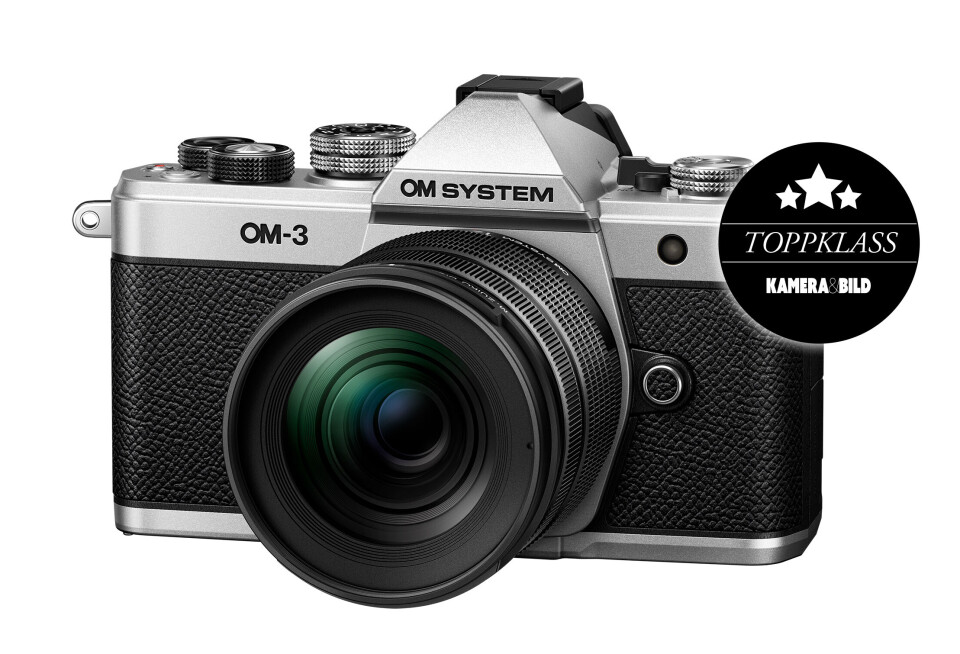
OM System OM-3: TEST | Retro feel with a creative flow
Kamera & Bild tested the new OM System OM-3 before its release: a camera in true retro spirit - but don't be fooled by the classic appearance: inside is anything but analog retro technology.
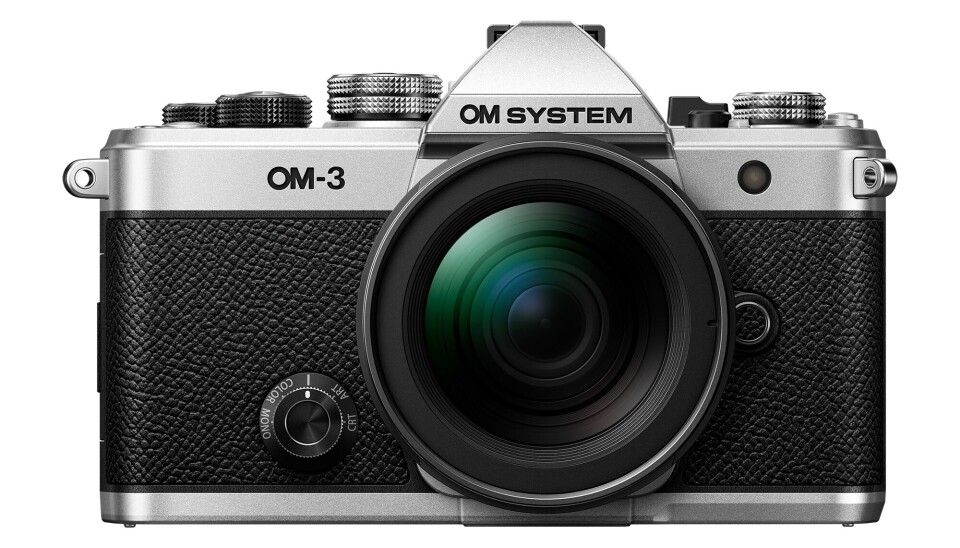
Weather-sealed, retro-designed, and made of metal - there are many aspects of the new OM System OM-3 that will make those who love the look of older analog cameras also love the appearance of this camera. And even though the design takes us back in time, the technology inside does not.
Before OM System changed its name from Olympus, we had the retro camera Olympus Pen F, and more recently the technical predecessor to this new OM-3: OM System OM-1 Mark II. The former was, when released almost nine years ago, a flirt with the analog generation, and it succeeded quite well in that.
The other mentioned camera, OM System OM-1 Mark II from last year, brought some improvements from OM System OM-1 (Mark I), which also received top marks in our tests. The features in OM-1 have thus kept up with technological developments while some new exciting features have followed.
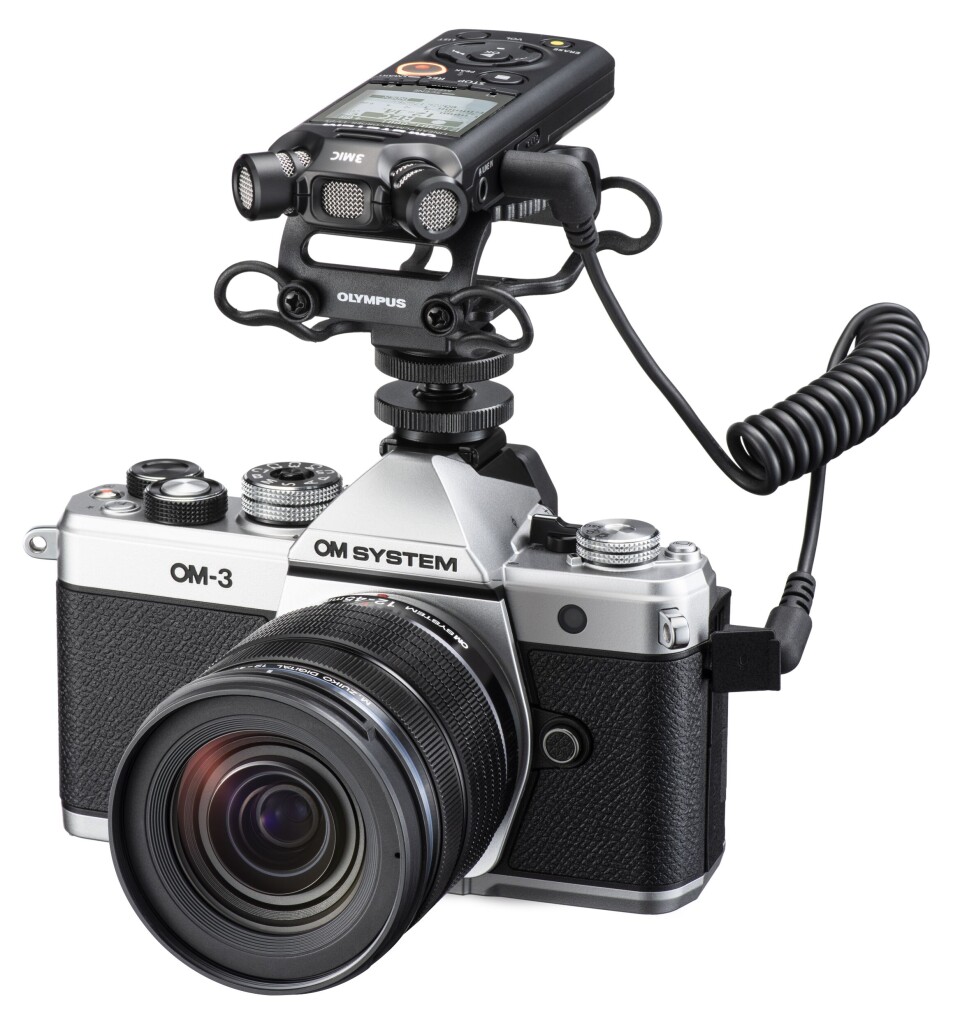
The new OM System OM-3 is largely based on the OM-1: The micro four thirds sensor has a resolution of 20.4 megapixels, the viewfinder a resolution of 2.36 million dots, and the focus system is a hybrid type that can recognize birds and people.
The camera probably suits most people, but if I were to define a target group, it feels more like a camera for those who want to enjoy their photography rather than produce or work with the camera. That's where I find the sweet spot in controls and dials - the feeling in photography - and how it is set up for travel photography, street photography, excursions, for the nature photographer - and with the ability to get great images straight from the camera, without having to work on them in time-consuming post-processing.
Fun and Creative
But even though the technology has evolved, the camera's strength lies in providing the joy of photography for the photographer, much through the feeling it can give by allowing me as a photographer to adjust some settings that lead me forward to an already finished image in the camera.
Here, among other things, there are some features that play an extra role, such as the switch for toggling between different settings for "computational photography," meaning the ability to set functions for how the image should turn out.
Here, for example, there are classic elements like HDR, focus stacking, multiple exposure, and Live ND/Live GND - a function to get a so-called digital gray filter or graduated gray filter on the image - while you can also shoot in high-resolution mode at 80 megapixels with a tripod or 50 megapixels handheld.
If we look closer at the parts there, the gray filter functions are something that fits perfectly for nature photographers who need to use gray filters. The reason might be wanting a certain wide-open aperture at a certain shutter speed, something that can cause overexposure in a lot of light, and then can reduce light intake.
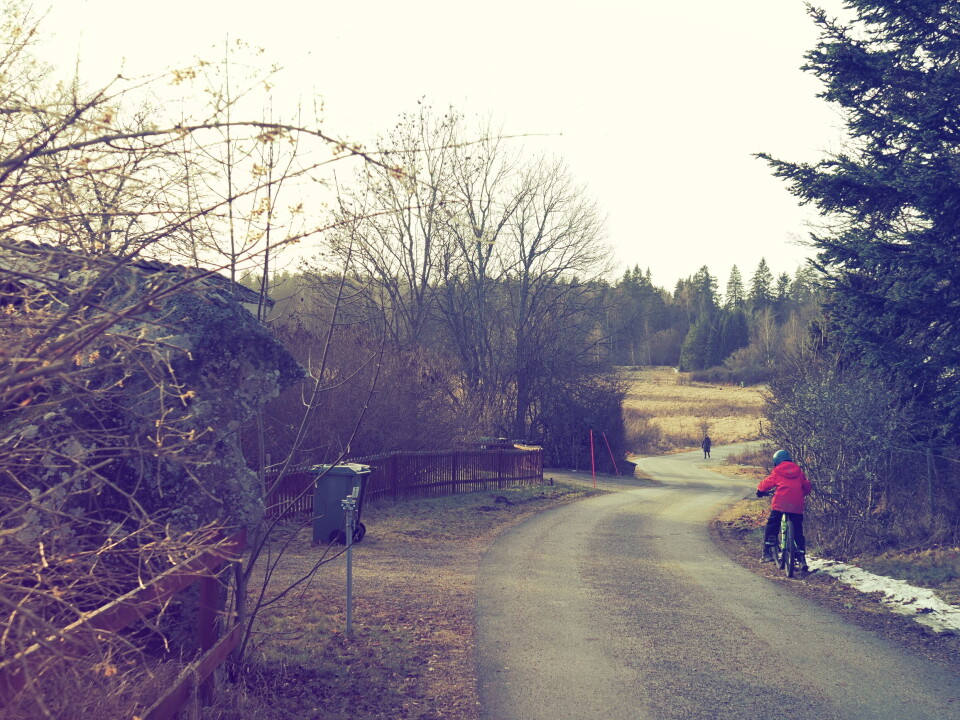
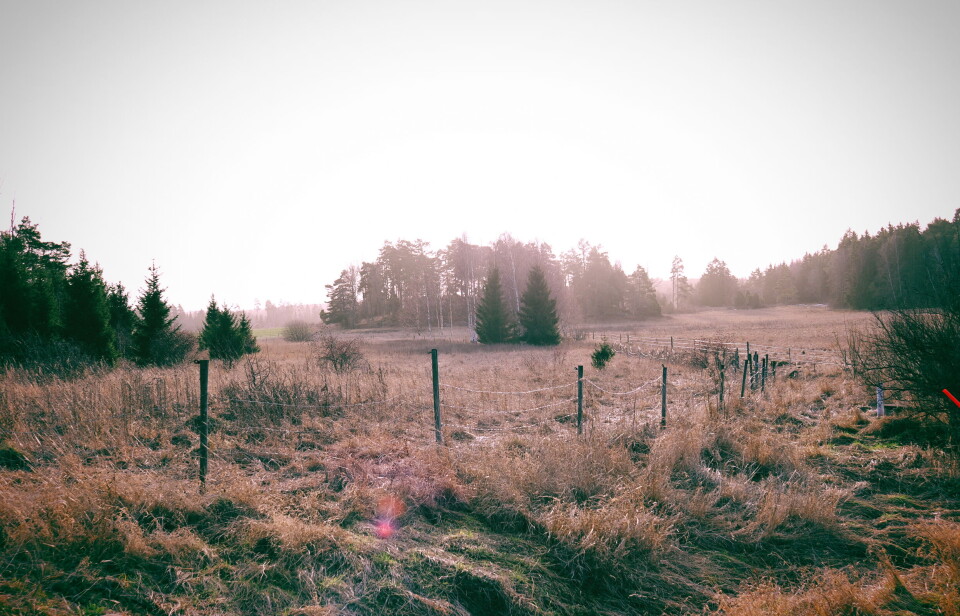

Through the gradual gray filter function, you can instead choose a diminishing part of the image that adjusts the exposure in the picture, for example, so that the sky is toned down and the ground is unaffected by the filter. For those who are not aware, this function has been used for a long time in analog photography.
The function is really useful and provides good adjustment possibilities in both the intensity of ND values for how much it should reduce light intake between ND2 and ND64, but also by allowing me to rotate and tilt and move the edge of where the filter should start. Through the touchscreen, everything is easy to adjust, and there are no problems getting a good placement - and it is also possible to fine-tune in small, small steps with the slider. Really good.
Not just stylish - good controls too
Just as we recognize from the OM System OM-1 Mark II, this flagship camera has also received most of what we wished for. On the top, there is a new rotatable dial for adjustment and switching between still image and video, as well as S&Q for quick switching to slow motion or quick motion for those who need to change the frame rate.
The switching is fast, and it is noticeable that the camera has enough power to switch between different modes instantly, something that can otherwise bother me.

On the right side, we find the program selection lever, as well as a total of five custom slots where you can make your own settings that you can quickly access, for example, a setting for nature and one for street photography, if you feel like distinguishing between the different types of photography through different basic settings for the camera's functions.
The back of the camera is familiar from before with a joypad with an OK button in the middle, no joystick here. Perhaps a bit of a shame, a joystick is somewhat easier to work with when looking through the viewfinder than flat buttons, I think.
The grip is, despite its design, really good. It is comfortable to hold and work with, has good spacing, and is also easy to understand. The analog feel that OM System probably wants us to relate to is there - and works really well.
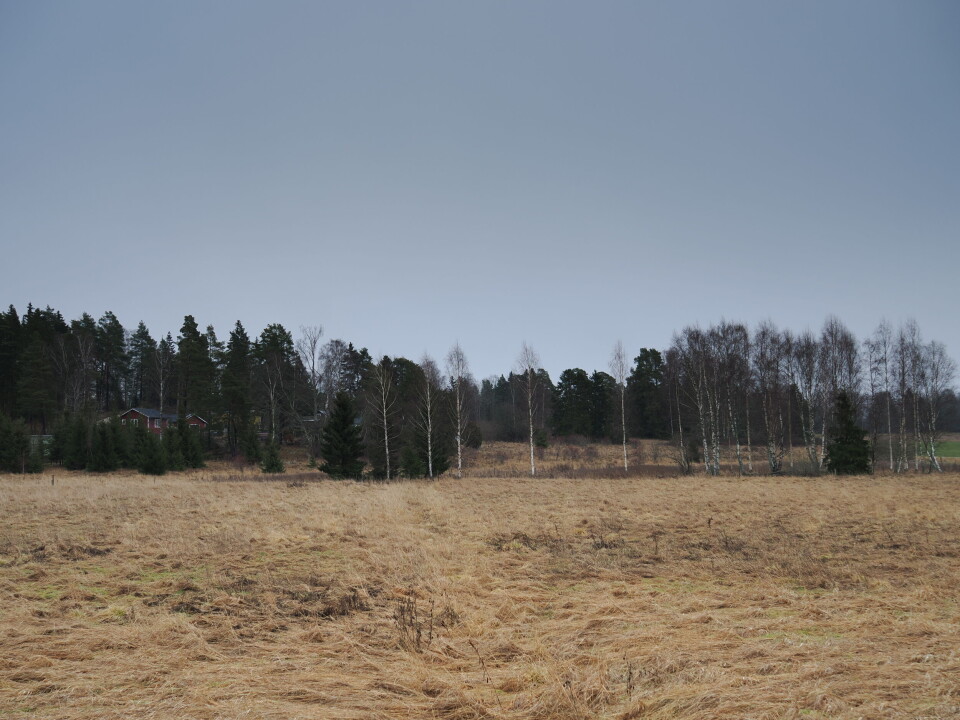
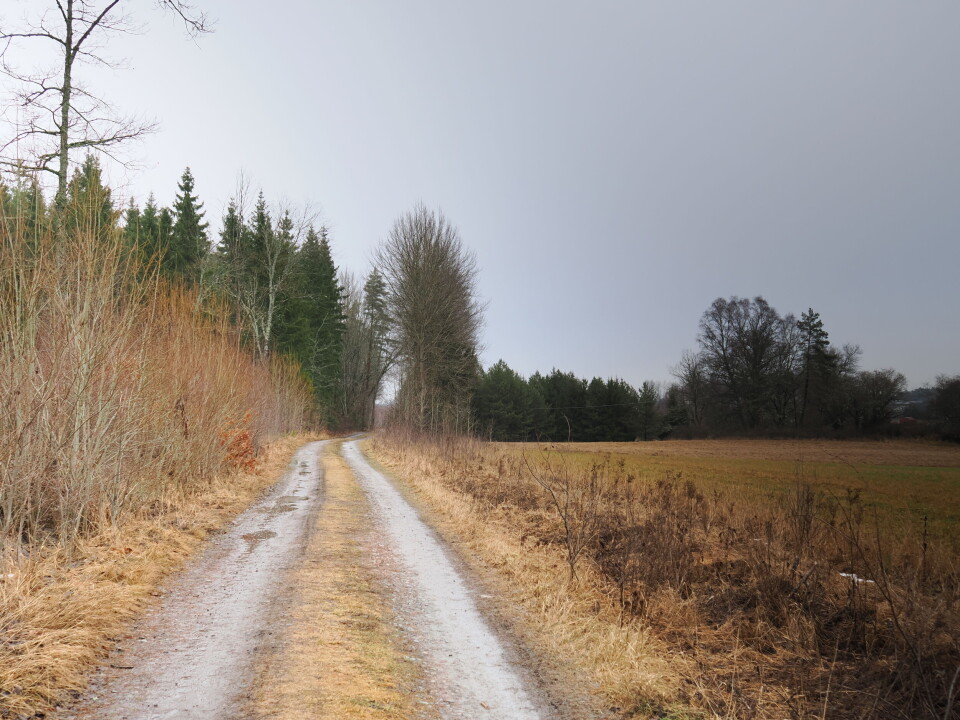
More Creativity
On the front, there is also a control that is particularly interesting for the creative process: a rotatable control with four different modes for color profile, monochrome profile, art filter, and Color Creator.
Looking at the color profile setting, for example, you can change several different parts of the image, how it is perceived with different settings, and then fine-tune the settings to suit your images and color palette.
The black and white option does the same, with the ability to change the blackness and contrasts, for those who want to delve into blackless images. Classic filters for different Art settings allow you to get, for example, vignetting or ready-made color adjustments. Overall, there is much to explore and many fun aspects to discover when you are out and want to be creative with the camera.

Higher resolution
A feature worth mentioning is also the high-res function, which allows you to take an 80-megapixel photo on a tripod using the sensor shift function. This provides slightly higher image sharpness and much larger image files, but it can definitely be worth it in situations where details on objects that are not moving need a little extra boost in the final image.
The same goes for the 50-megapixel mode for handheld high-resolution photography - it also works well and provides a little extra sharpness in the images, something that can be useful in various situations.
If you need to crop an image afterwards, for example, the function can be especially useful.
Exciting technology
Even though the camera is filled with technology, the technology is not really the focus, which seems to be a common theme with today's cameras. You should be able to set most things, but it should then not be there to disturb the creative process - and that's exactly how it feels with the OM System OM-3.
Perhaps that is also why the specifications and technical jargon become secondary in this test, as the technology is not the focus. But for those who still wonder, the camera has up to 7.5 EV steps of image stabilization with a compatible lens that supports Sync IS, the ability to take up to 120 frames per second in raw format with an electronic shutter, or 6 frames per second with an electronic shutter and 50 frames per second with continuous autofocus.
Expect it to go full speed if you push it - unlike its predecessor, the camera has a card slot.
Video is recorded in 4K/60p 10-bit H.256, with the option to use OM Cinema 1/2 and OM Log400 to, for example, handle highlights. OM Cinema is new, providing better separation between colors in highlights and shadows. Also new is the video switch for quick video switching, and the S&Q switch for switching to slow motion or quick motion with settings from 1-120 frames per second.
The video features are nice and well-functioning, and the camera supports UVC, and the videos also turn out really well straight from the camera, something that makes the camera very suitable for those who want to produce moving images for, for example, social media. Additionally, it works well to film vertically directly in the camera, for publication on platforms with that format.
Here too, I think OM System has succeeded well with both specifications and execution. Furthermore, there is no major issue with rolling shutter, which is positive for those who consider video quality important.
Autofocus is also important, and here OM System has used AI Detection AF for its hybrid autofocus that works with 1053 cross-type focus points. The autofocus and the following autofocus feel both fast and stable, just as one would expect.
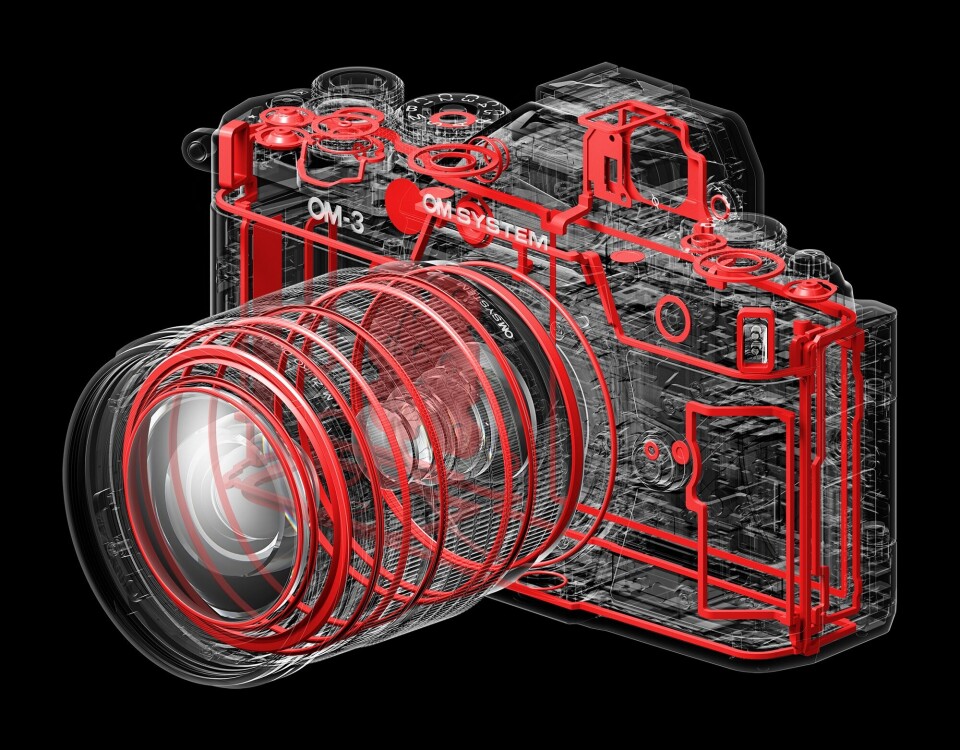
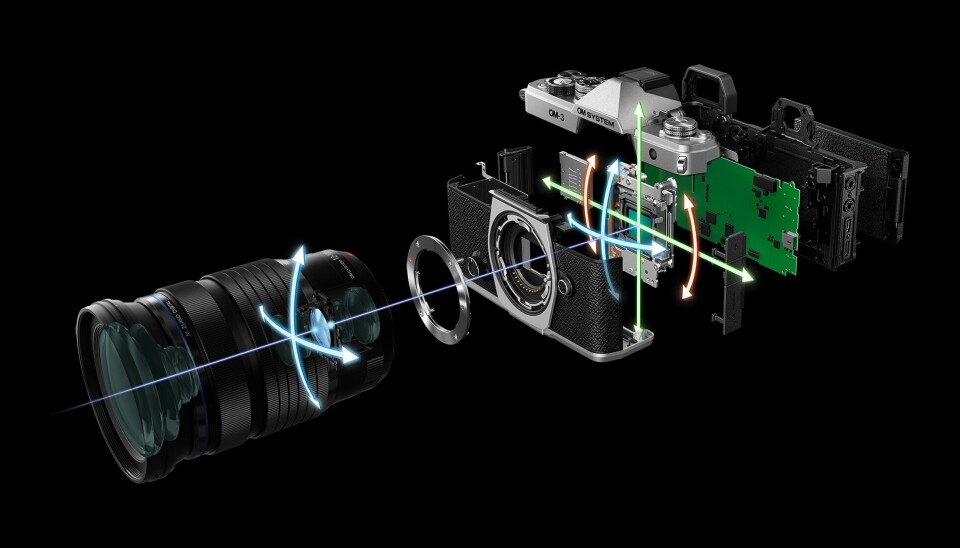
Conclusion
As usual with a technology-filled camera, it's only possible to touch on parts of all the content. Through its combination of technology and retro feel, I still perceive the OM System OM-3 as a rather niche camera, more directed towards someone who knows what they want than a camera that suits everyone - even though it would suit just everyone because of its design.
The camera can be set in all possible ways and is also relatively easy to navigate through all the menus, the advantage is that you can program your settings and then you don't have to dig further.
It is also easy to access the special settings via the physical controls, which is one of the biggest advantages of the OM-3.

Rating
Handling: 4
Speed: 4
Build Quality: 4
Versatility: 4
Features: 4
TOTAL: 4.0
